From Glassy Lake to Snortin’ Windy: The Range of Snipe Conditions
This year, I was lucky enough to fit three regattas into the fall sailing season. Looking back now, they pretty much covered the entire range of raceable Snipe breeze, so I thought it would be fun to dig into what we prioritized to help achieve consistently good results.
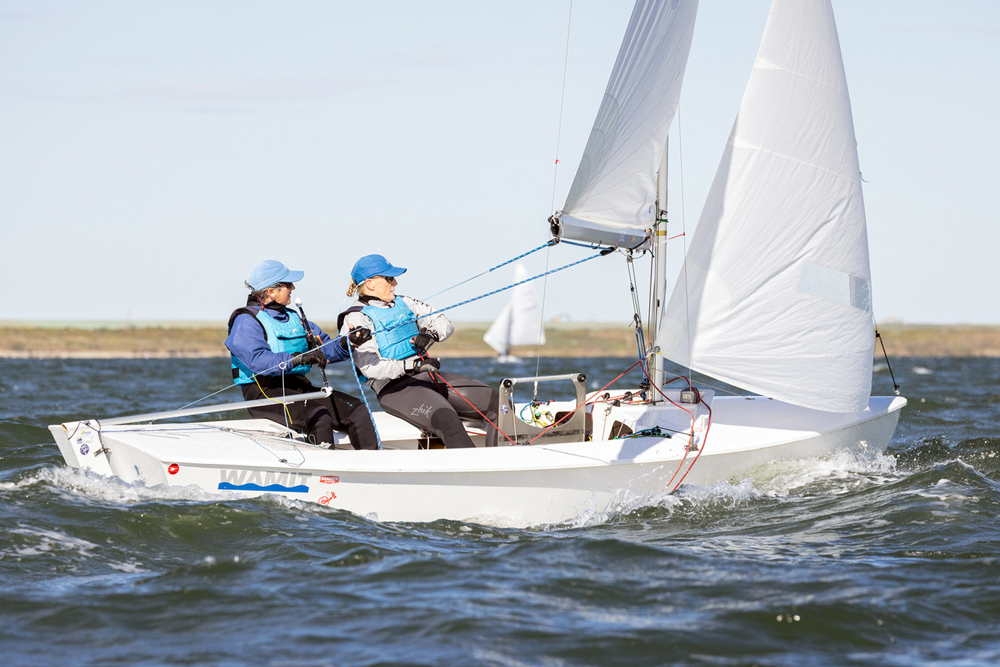
This year, I was lucky enough to fit three regattas into the fall sailing season. Looking back now, they pretty much covered the entire range of raceable Snipe breeze, so I thought it would be fun to dig into what we prioritized to help achieve consistently good results.
Light Air, Flat Water: Masters Nationals
The “circuit” started out with the annual gathering of U.S. skippers over the age of 45, who team up with crews to achieve a combined age of 80. The location was Mystic Lake, a small and very tricky sailing venue just outside Boston, which somehow supports two separate Snipe fleets. It is not a preferred sailing spot for my longtime teammate Kim Couranz; when I followed up with her about it, she replied,“Have they moved the regatta?” Fortunately Kate Fears decided it would be the perfect opportunity to revisit the challenges of Snipe sailing, so I signed her up instead.
In three days, we never raced in more than five knots of breeze, and the water was perfectly flat. Just like Lake Garda, the only motorboats allowed on Mystic Lake are those supporting sailboat races, so even on the sunniest day of the weekend the only “waves” were Snipe wakes. And in less than five knots, those are pretty dang small.
I usually struggle to find my groove on the erratic Mystic Lake, but this year I lengthened my spreaders to maximize pointing ability. Kate also is an excellent breeze spotter, and I passed along Linda Epstein’s advice about sailing on “the lake:” Never Lock Both Feet Under the Straps (so you are always ready for an auto-tack). Good boat speed (perhaps helped by our light team weight) made it possible to come back from a bad start or choosing the wrong side upwind, and those longer spreaders made it easy to hold lanes. We were in a solid second going into the last day behind local legend Jim Bowers and Julia Rabin, and it never occurred to me that we might win the regatta. But after another day of better than average results on that mystical lake, we found ourselves tied for first overall! We went home surprised but happy with how we sailed and I quickly wrote down a few lessons, which I’m happy to share with anyone who wants more detail.
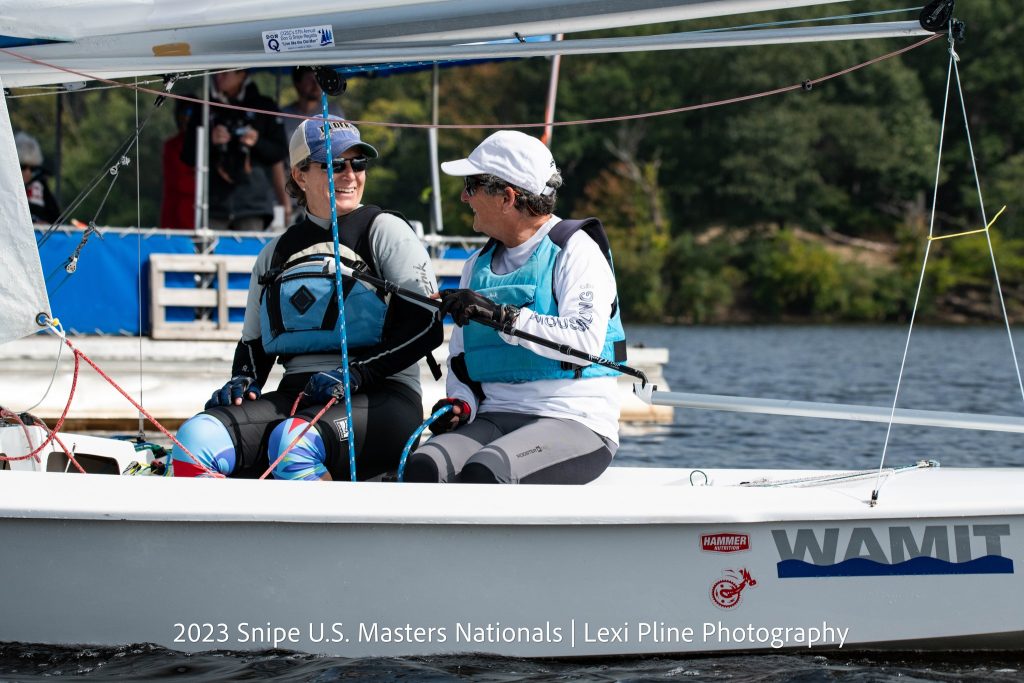
Medium breeze, mixed up chop: Frigid Digit
The second regatta was in Annapolis, Kim’s home town. The first day, a 7-12 knot easterly added in mixed-up waves that were slightly bigger than the breeze, so the priority was power rather than pointing. The forecast included the chance for more breeze, so I shortened our spreaders to our “medium” setting. Though we did feel a bit underpowered in the lulls, overall it was a good setup for keeping the bow down and moving forward.
Again, we found ourselves in a solid second after the first day, behind Doug Hart/Taylor Scheuermann. On Sunday, a cold front brought a very strong and shifty northwest breeze and the race committee elected to sail the small fleet on the far side of the Severn River. Unfortunately our spreader bracket broke early in the first race, so we’ll never know what the results would’ve been if we’d been able to finish those three races…
Fresh to Frightening: Snipe North American Championship
The following Thursday we drove to Norfolk, VA, for the final regatta of the year. It was a brand new venue for Snipe sailing, and the forecasts were already calling for big or even very big breeze on the weekend. But Friday was an absolute gem; 6-12 knots of breeze, with a very moderate chop. That might sound similar to the first day of the Frigid Digit, but the breeze was much streakier, the water much flatter, and playing the current was a top priority—a perfect illustration of how many variables there are in sailboat racing.
We posted two race wins that day, but as one of the lightest teams we knew that the weekend’s heavy air would challenge us to maintain our overall lead. So on Saturday, we put on an older main and jib and went out determined to hang with the big teams. The breeze started at about 15 knots and went up from there as the day went on, though the race committee swears it never was above 22 knots sustained. (Many of the sailors disagreed.) That meant our priority was staying out of trouble, and maximizing the upwind groove to make the boat as easy to sail as possible. We were very happy to come in from two solid but not stellar finishes and realize we were still atop the results. But the margin had shrunk to only one point ahead of Arthur Blodgett/Grace Howie, and the forecast for Sunday was: even windier.
The forecast was correct, though when we left the dock it looked fairly moderate so we bent on our good sails. We did go to our shortest spreader setting, which definitely helped us depower and didn’t seem to hurt us at all when we started the only race of the day in about 16 knots, but the key to the day was keeping the boat moving forward by easing both sheets to handle the really big puffs. We were also grateful to have so much throw on the vang!
Thanks to a large right-hand shift soon after the start and being the first to jibe at the weather mark, we led around the leeward mark. But we couldn’t hold off the heavier Arthur/Gracie upwind, who were also forced to luff both jib and main in the really big puffs. By the weather mark, the breeze had increased to the high twenties… making for an exciting final two reaches when the course was reconfigured to a triangle.
All the top teams set poles on the very deep first reach, but when the breeze came up so much I no longer felt in control, I called for a pole douse… at the wrong time. Because the boom wasn’t lined up, the pole retracted into the mainsail, which somehow then caused the aft end of the pole to separate from the aluminum tube. That left us with no option; we had to cut the pole line, since we could not jibe with it dragging in the water. Shortly before the final mark, Doug/Taylor planed by us—and neatly completed their jibe. Lesson learned: always glue in the plastic pieces, even if it makes rigging a new one more of a challenge!
Though we lost two boats on the second lap, I’m still very proud of our ability to hang in there as a small team in conditions that were likely over the class limit. And also glad of our solid boathandling, which enabled us to keep racing when many other teams were just trying to stay upright.
Having three regattas back to back was a great lesson in both the range of conditions we must “master,” and the way that Serious Sailing is improved when Serious Fun is part of the package. Thanks to both my crews, and to all the volunteers who make all this fun possible!
Comments for this post are closed

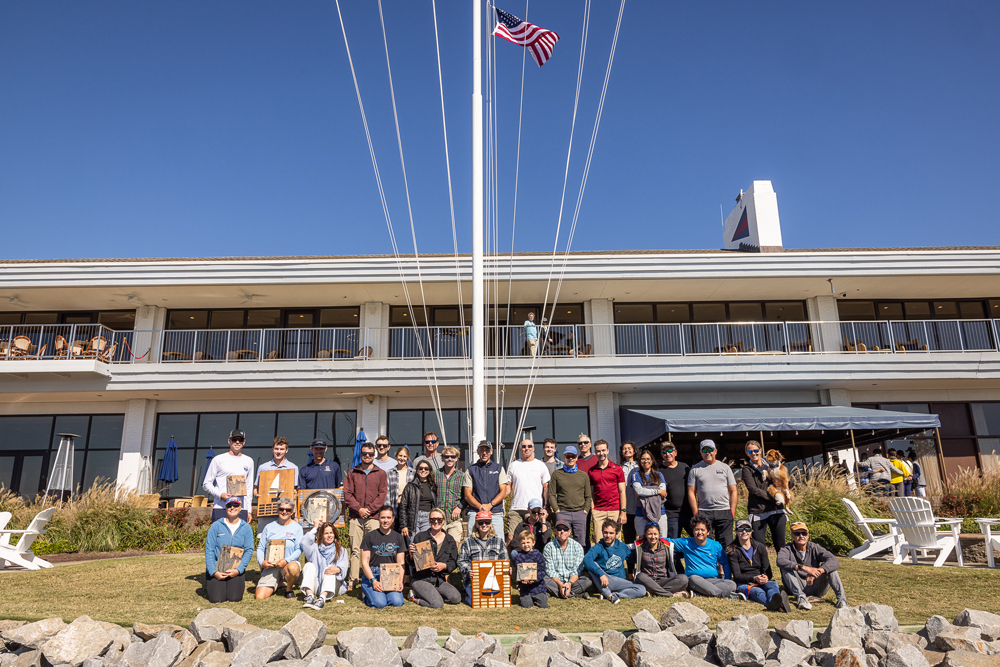
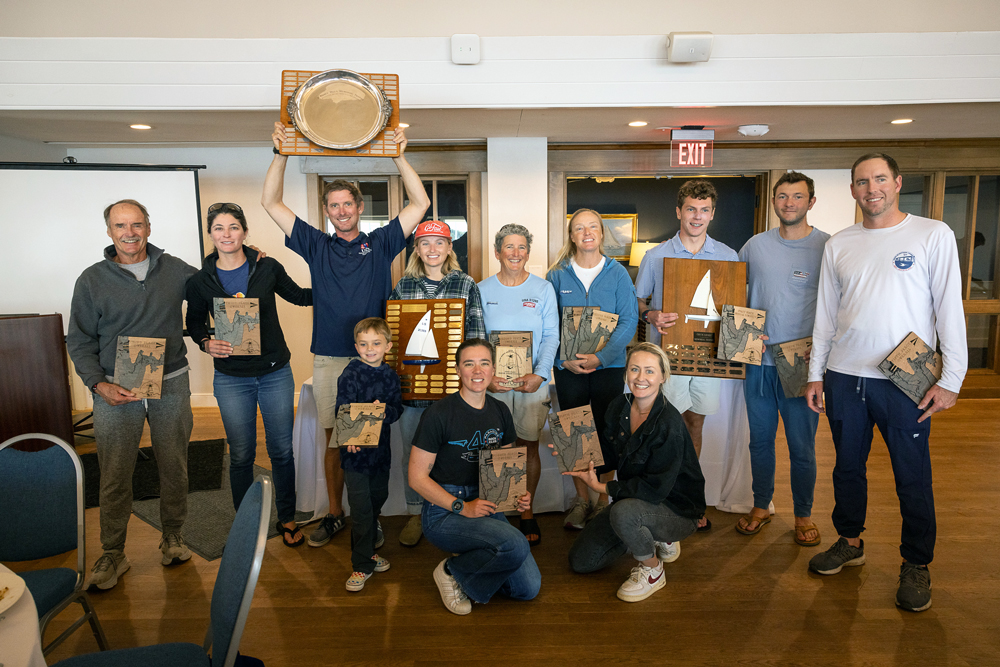
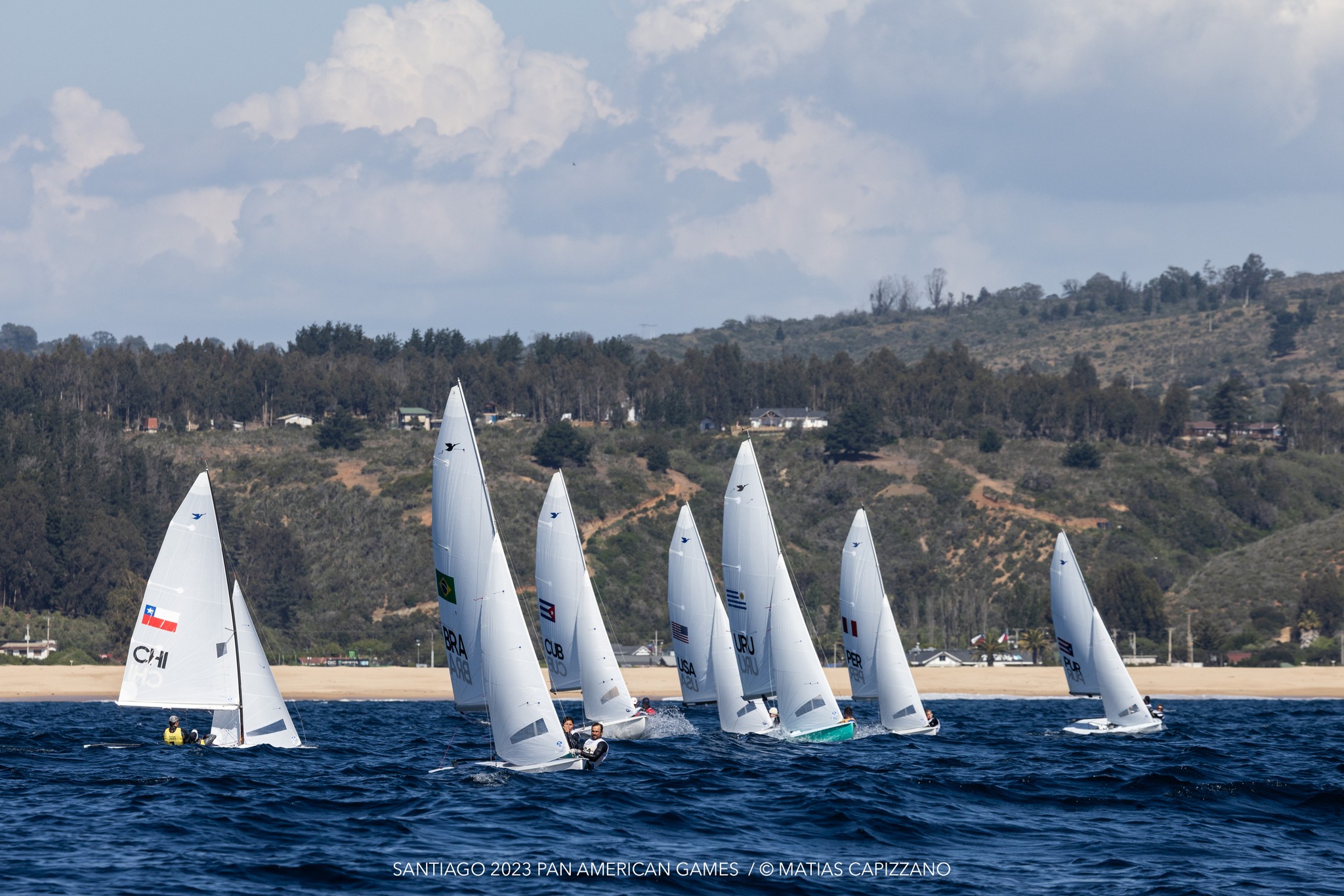
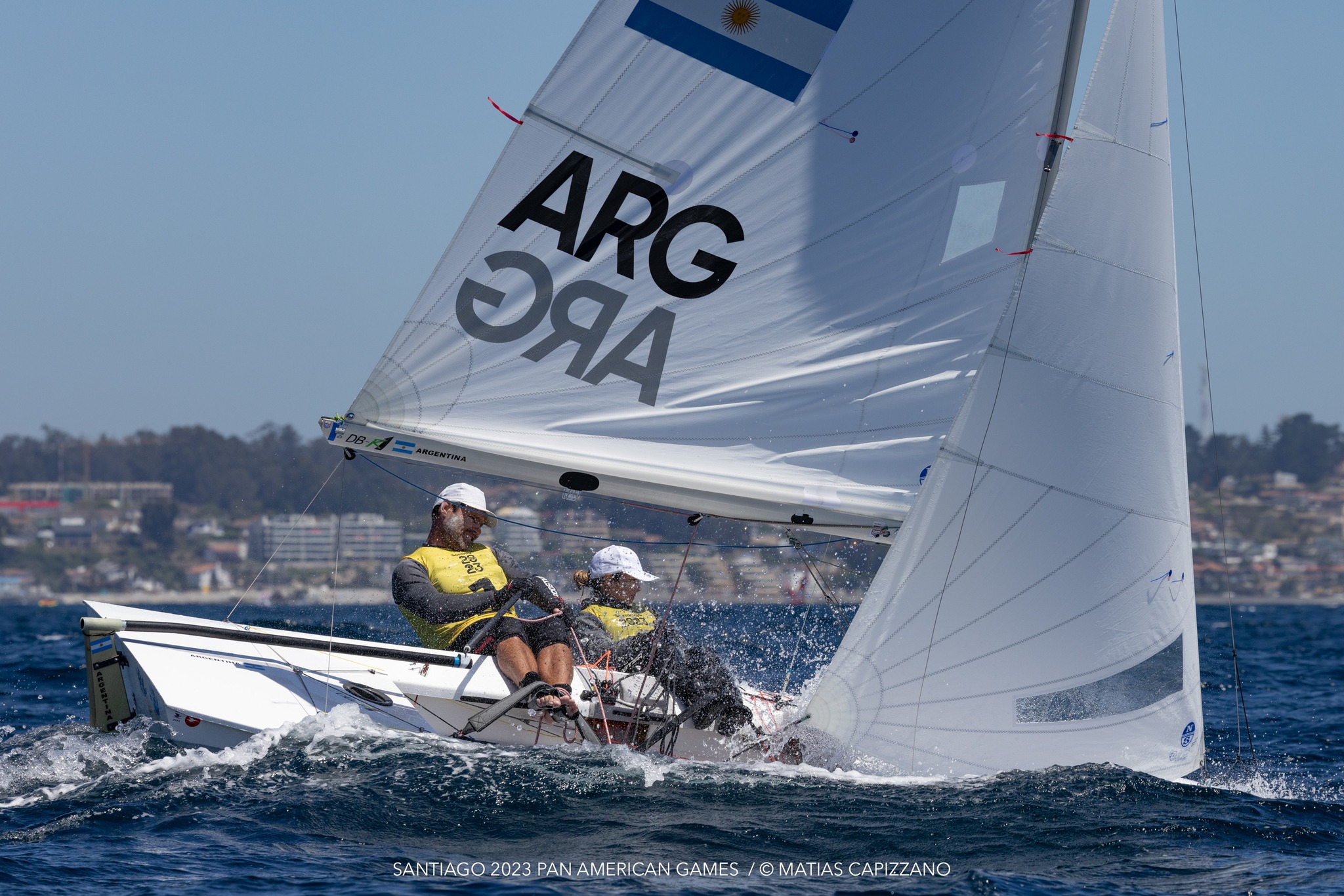
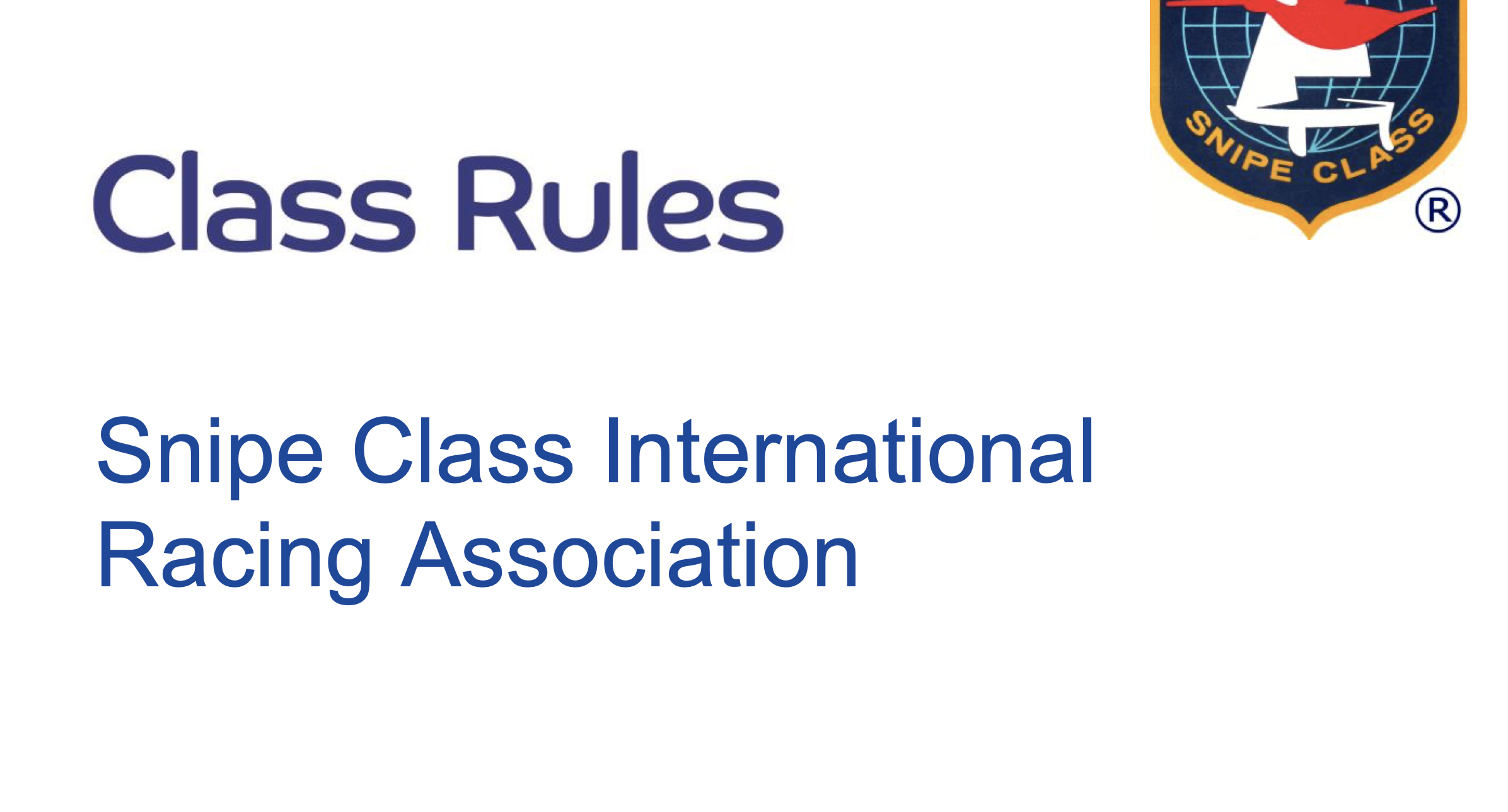
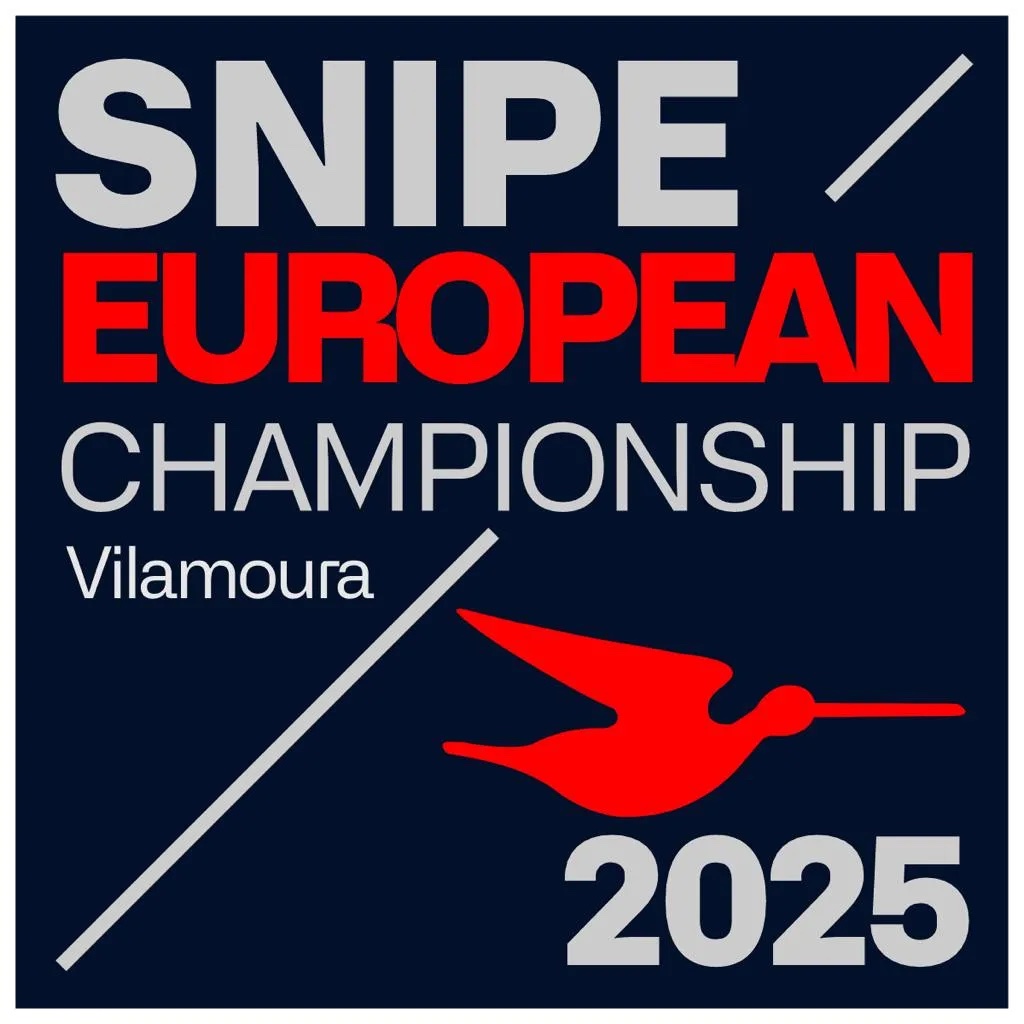

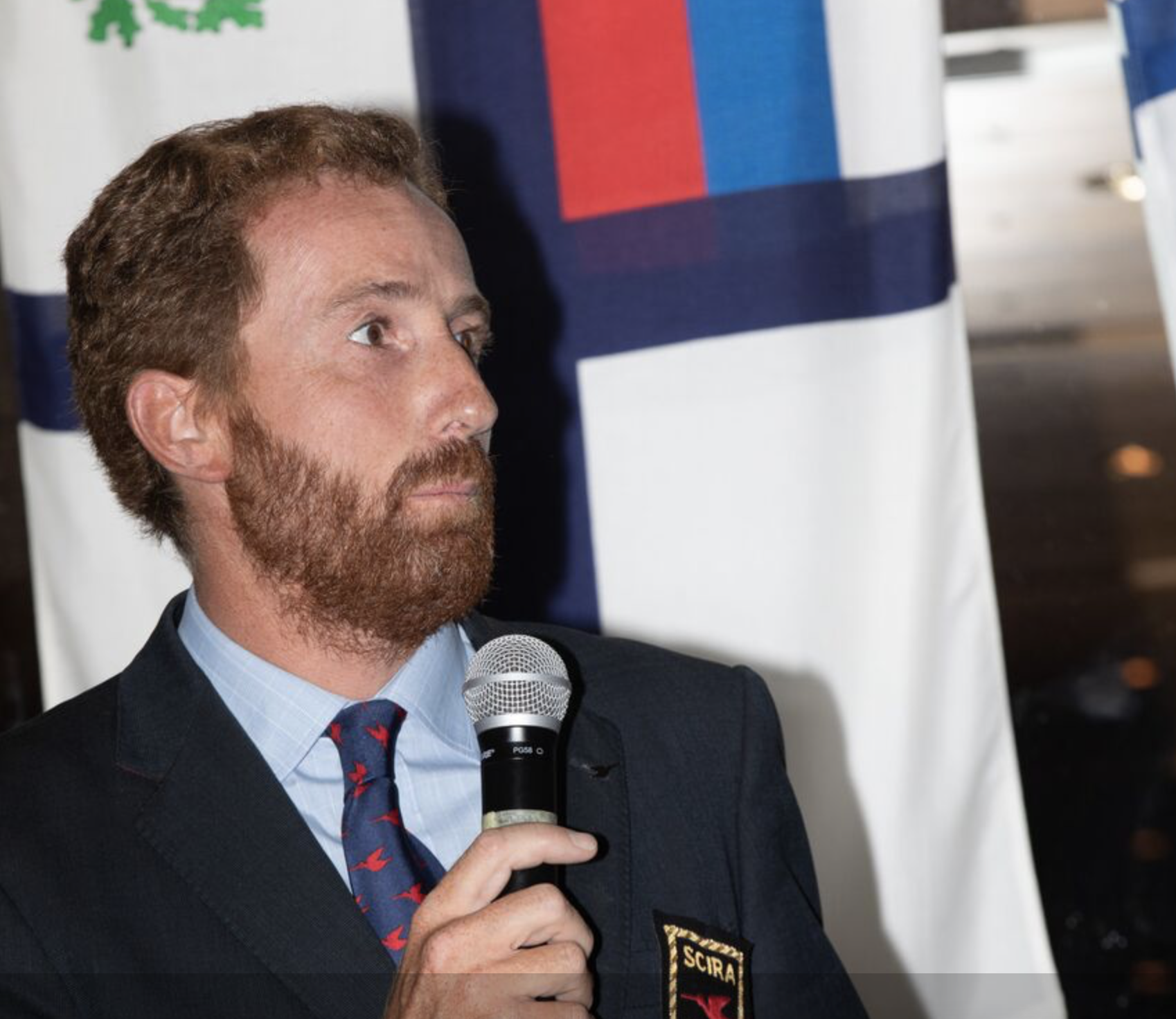
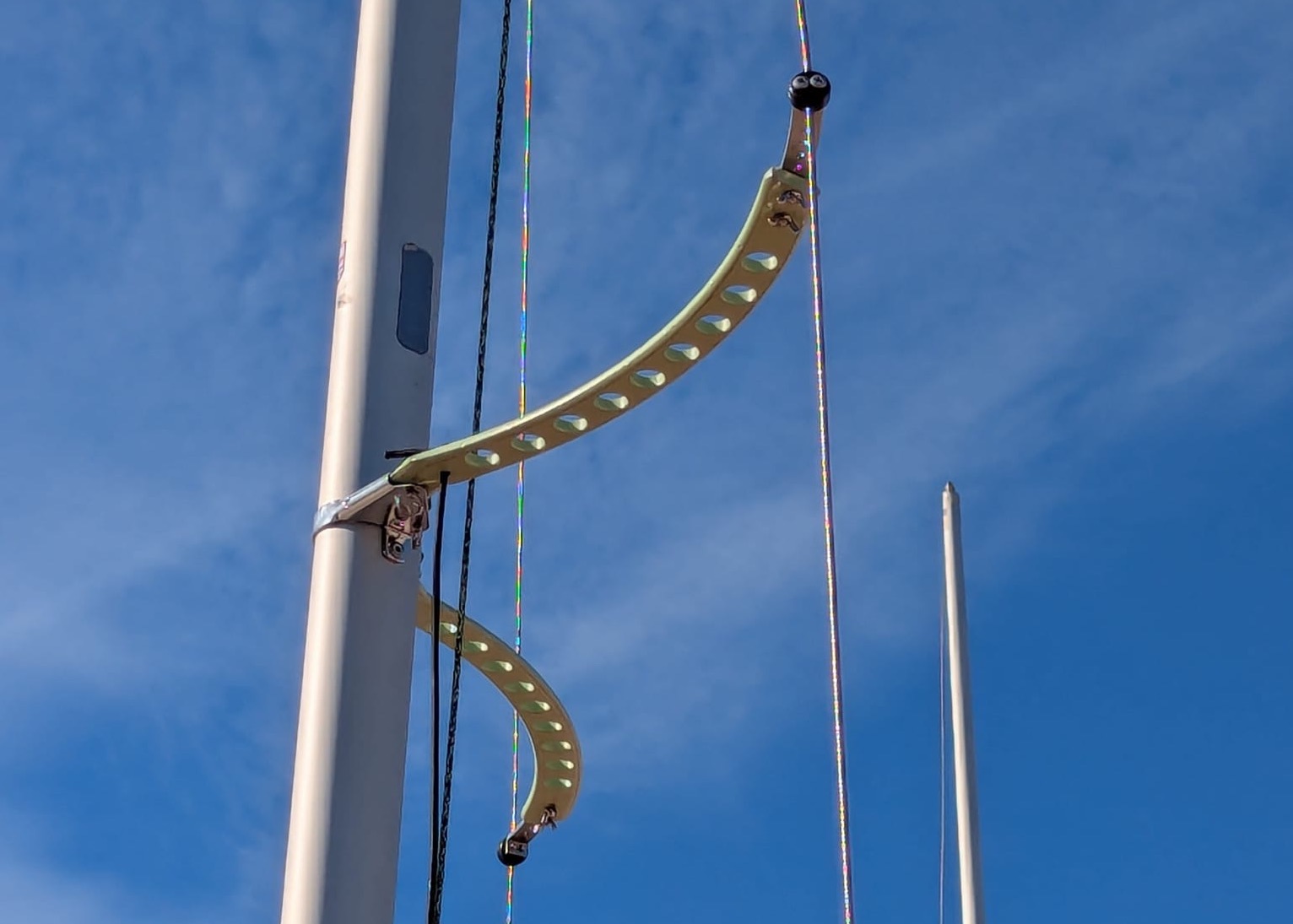
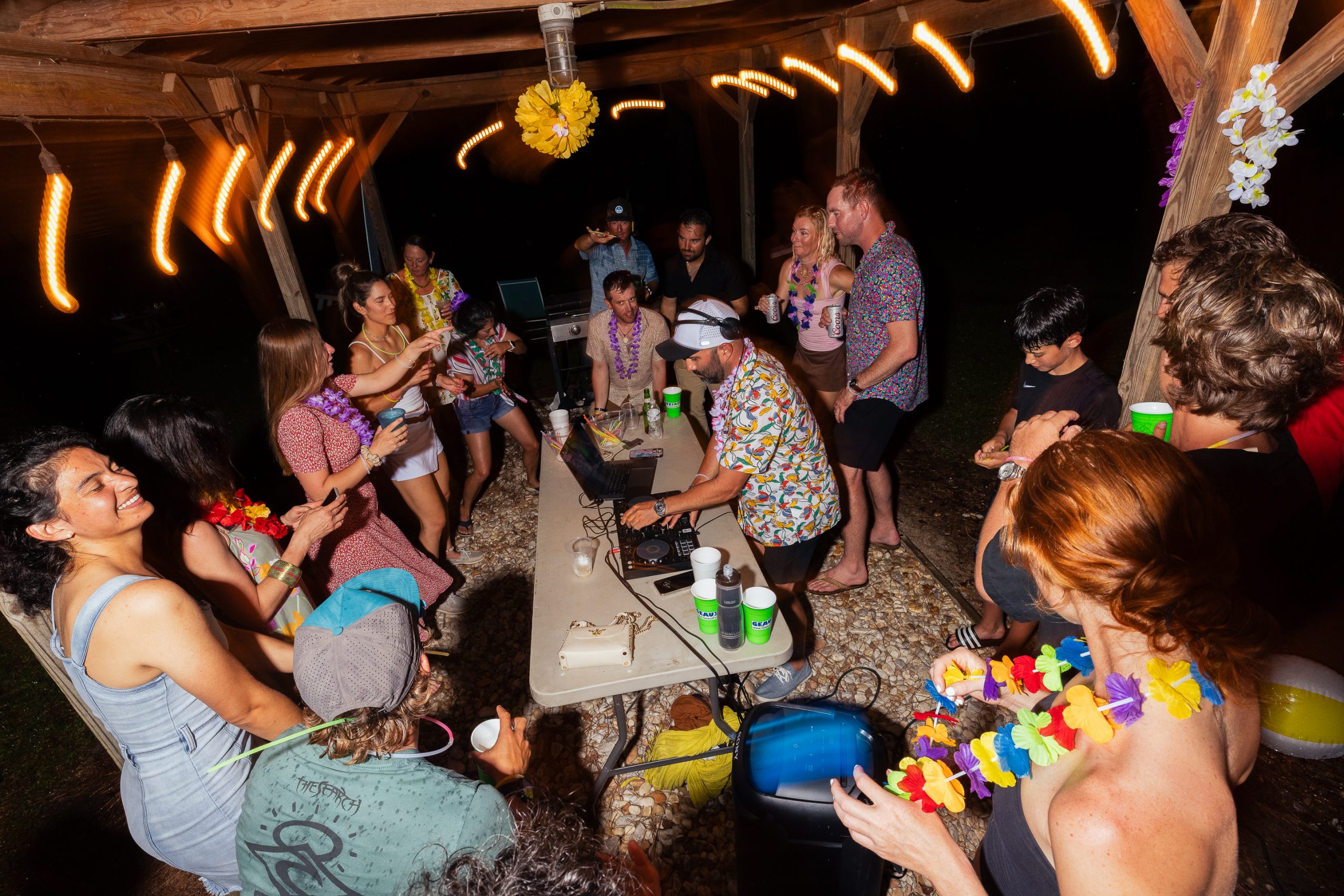

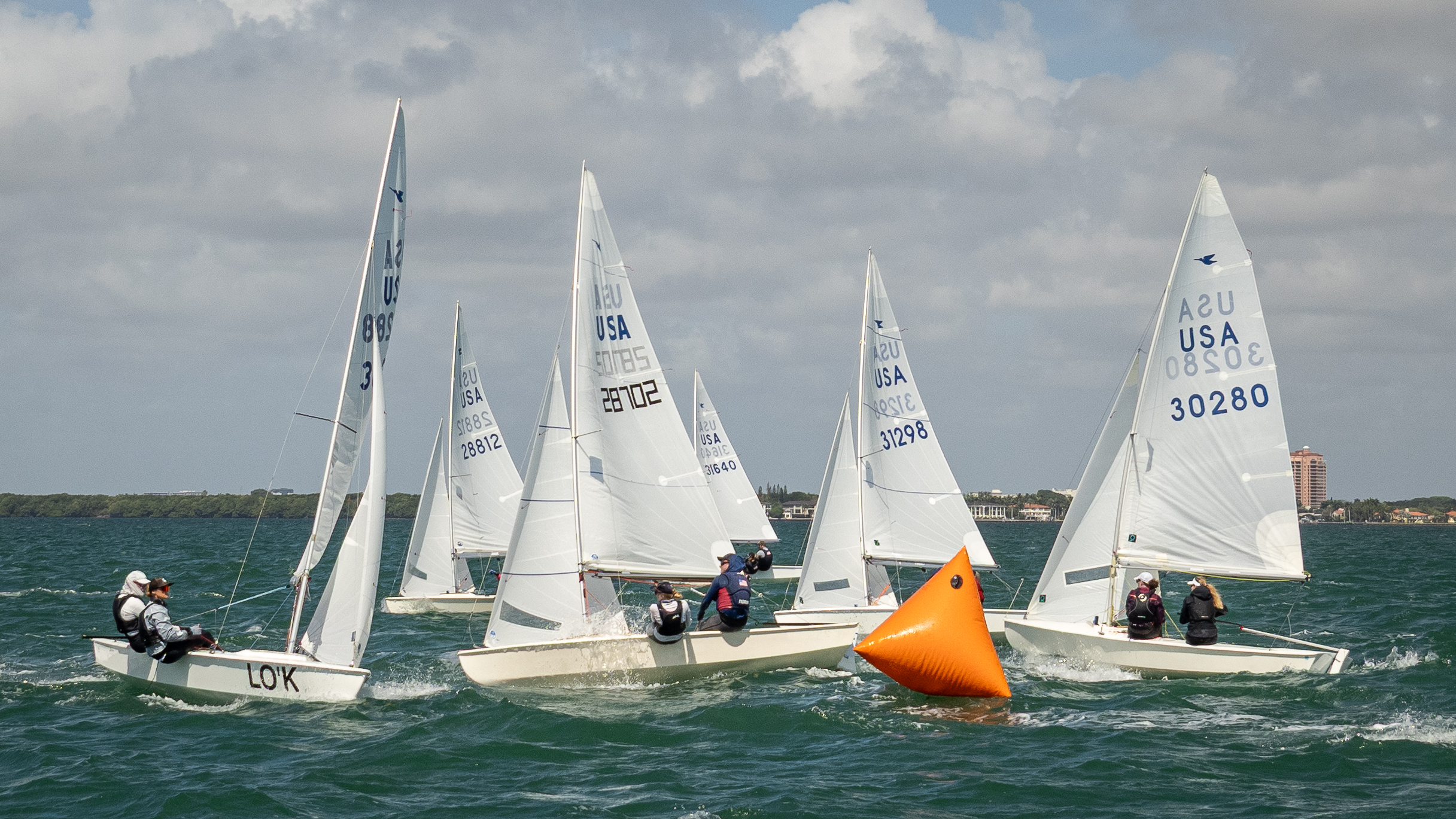
0 comments